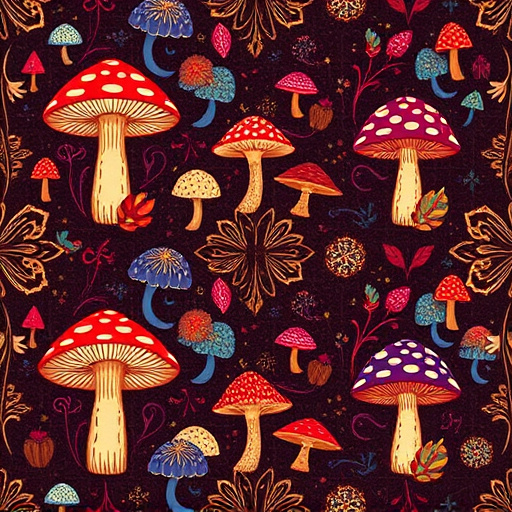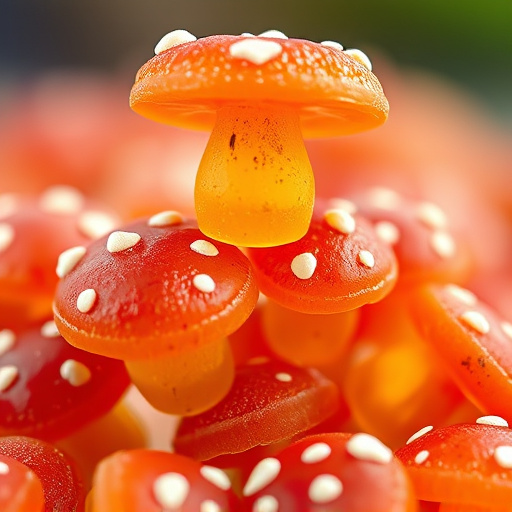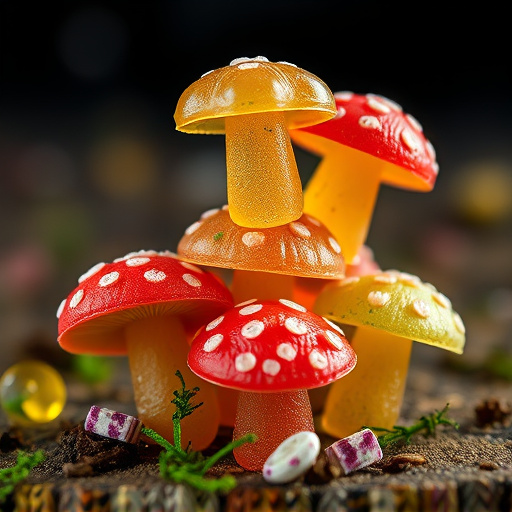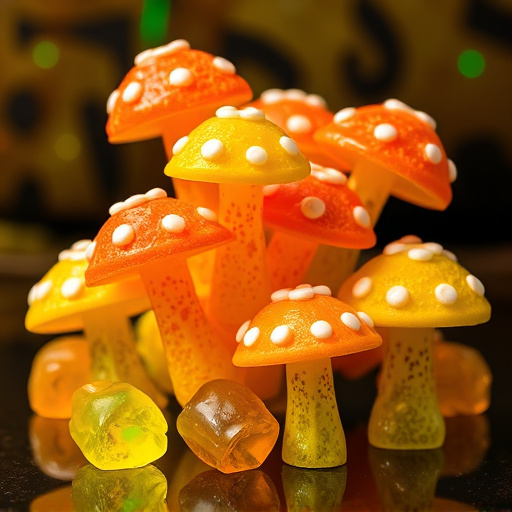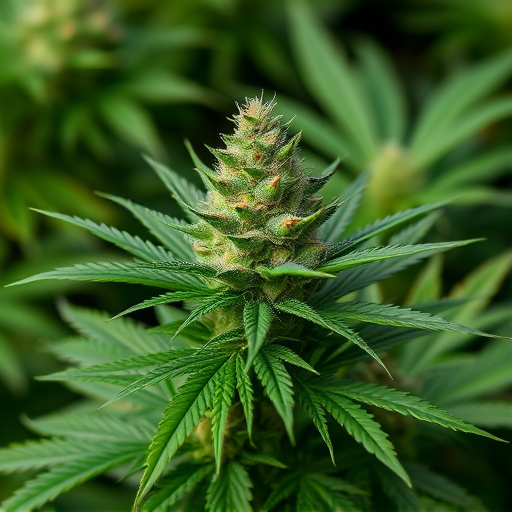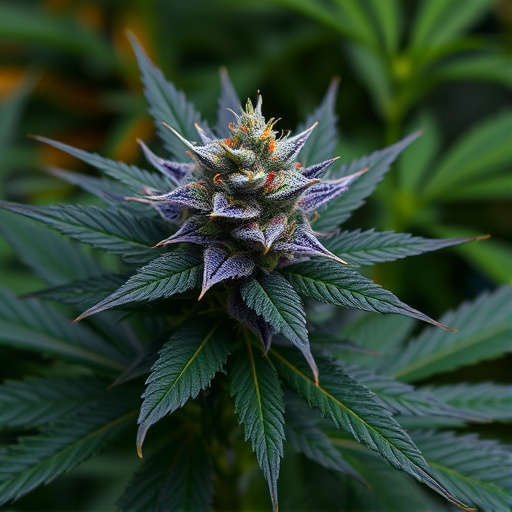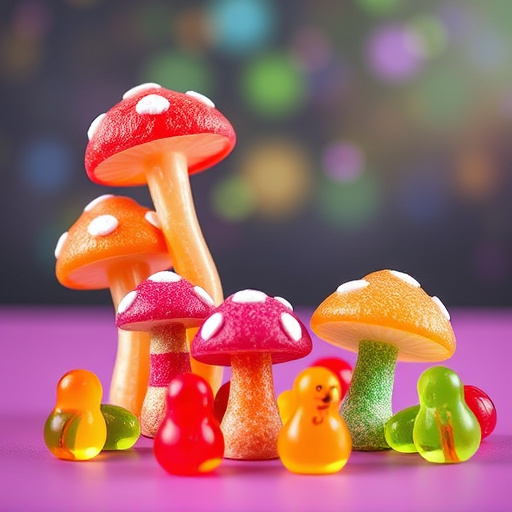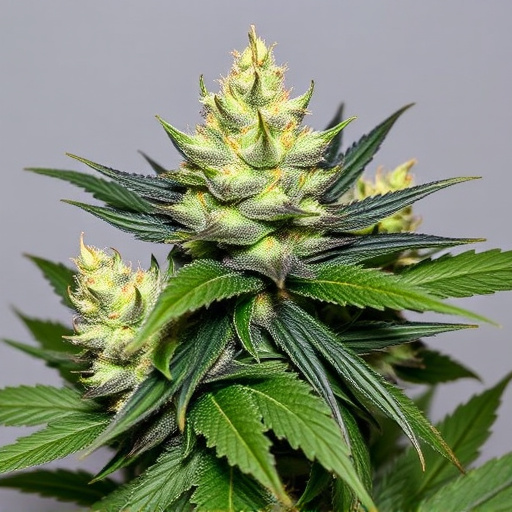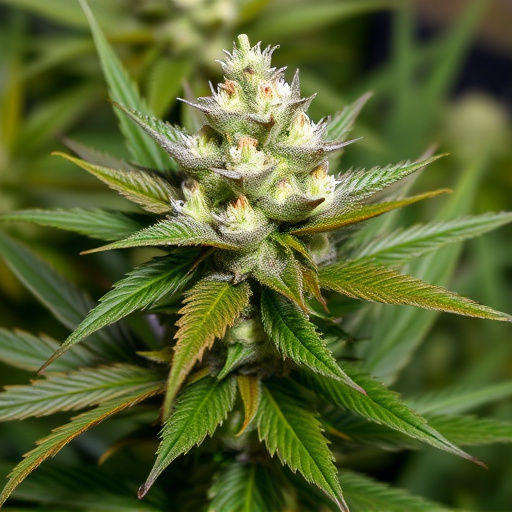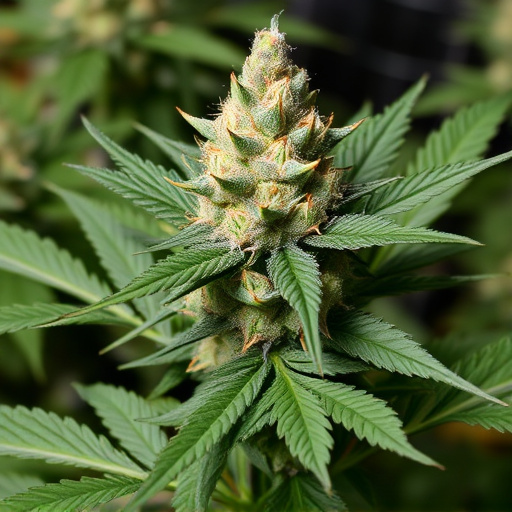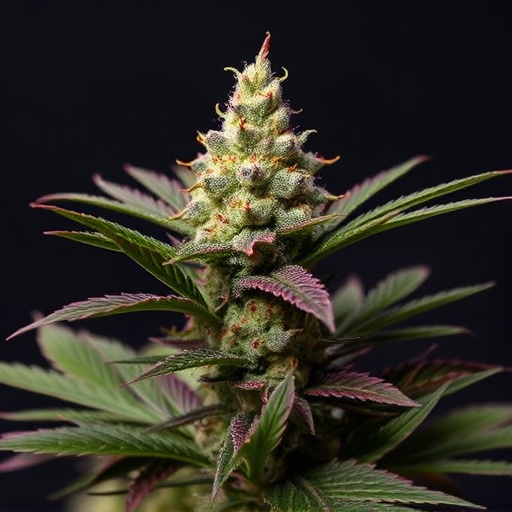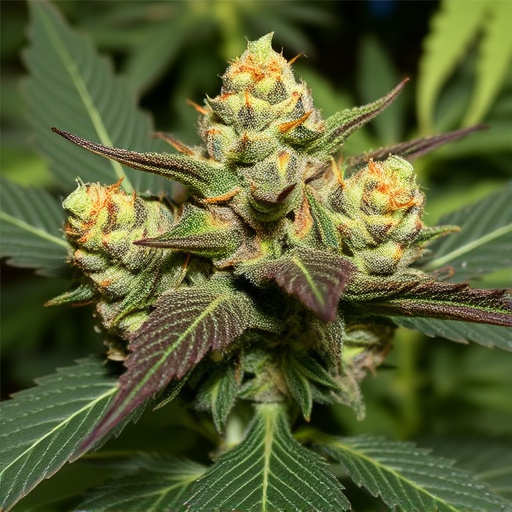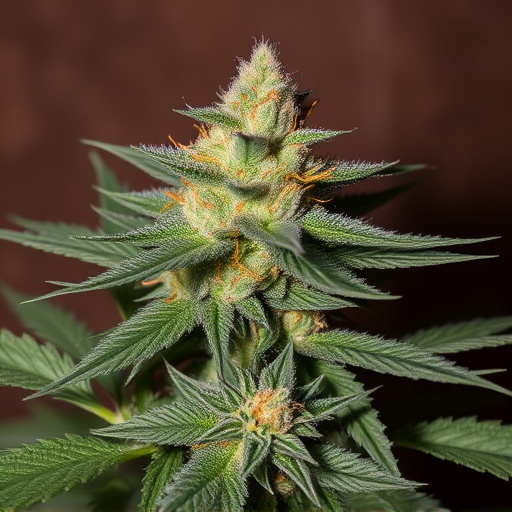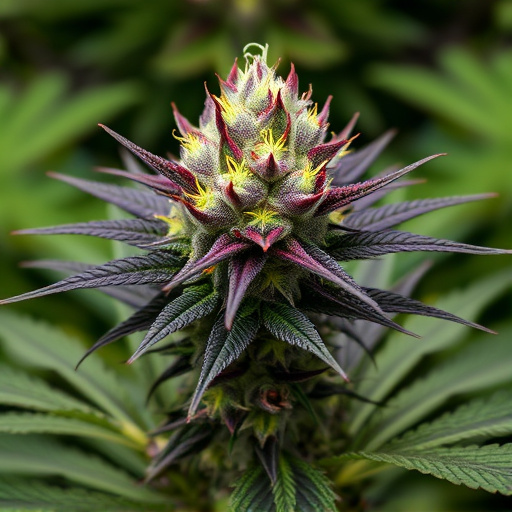Cannabis trichomes, tiny glandular hairs on the plant, are essential for protection and produce terpenes & cannabinoids that determine aroma, flavour, and effects. Indica dominant hybrid strains feature dense, frosty trichome coverage, offering enhanced therapeutic benefits and recreational experiences due to higher cannabinoid concentrations like THC and CBD.
“Unraveling the intricate world of cannabis trichomes, this comprehensive guide delves into these microscopic marvels and their profound influence on the plant’s unique properties. Cannabis trichomes, tiny glandular hairs, play a pivotal role in shaping the flora’s aroma, flavor, and potency.
Our journey explores how different types of trichomes contribute to various cannabis strains, with a special focus on Indica dominant hybrid varieties. We’ll uncover the science behind trichome density variations, their significance in quality control, and how testing these structures ensures consumers gain access to the most potent and desirable cannabis experiences.”
- The Role of Trichomes in Cannabis Plants
- – What are trichomes?
- – Types and functions of cannabis trichomes
The Role of Trichomes in Cannabis Plants
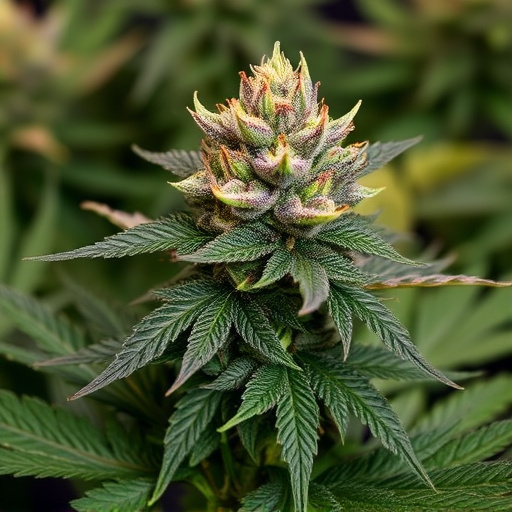
Cannabis trichomes are tiny, glandular hairs that play a crucial role in the plant’s survival and appeal to both growers and consumers. These intricate structures produce a range of compounds, including terpenes and cannabinoids, which contribute to the unique aroma, flavor, and effects associated with different cannabis strains. Trichomes secrete sticky resins that protect the plant from pests, diseases, and extreme weather conditions. In cannabis plants, they are most prominent on the flowers and leaves, especially in indica dominant hybrid strains.
Beyond their protective function, trichomes are responsible for the plant’s potent properties. As they mature, they swell with essential oils, becoming more sticky and viscous. This process concentrates cannabinoids like THC (tetrahydrocannabinol) and CBD (cannabidiol), making them more readily available to consumers. The density and appearance of trichomes are often used as indicators of a cannabis plant’s maturity, quality, and potential potency, with dense, frosty trichomes being highly sought after in indica dominant hybrid strains for their promise of enhanced therapeutic benefits and recreational experiences.
– What are trichomes?

Trichomes are tiny, hair-like structures that cover the surface of cannabis plants, including its flowers and leaves. They play a vital role in protecting the plant from pests and diseases while also acting as a defense mechanism against environmental stressors. These trichomes produce and secrete various compounds, including terpenes and cannabinoids, which give cannabis its unique aroma, flavor, and potential therapeutic effects.
In the context of indica dominant hybrid strains, trichomes can offer insights into the plant’s characteristics and effects. Indica strains, known for their relaxing and sedative properties, often have denser trichome coverage compared to sativa strains. The presence and abundance of trichomes contribute to the overall potency and quality of the cannabis, with more trichomes potentially indicating a higher concentration of valuable compounds, enhancing the desired effects sought by users.
– Types and functions of cannabis trichomes
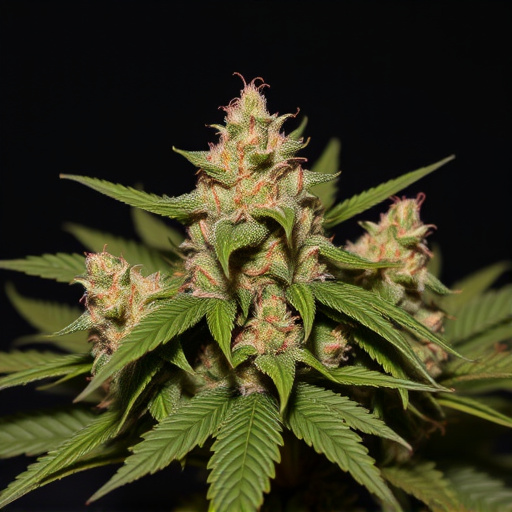
Cannabis trichomes are tiny, hair-like structures that cover the surface of cannabis plants, including their flowers and leaves. They play a crucial role in the plant’s defense mechanisms, production of various compounds, and interaction with consumers. These trichomes secrete a wide range of chemicals, most notably cannabinoids like THC (tetrahydrocannabinol) and CBD (cannabidiol), which are responsible for the plant’s unique effects on the human body.
There are several types of cannabis trichomes, each with distinct functions. Resin trichomes, often the largest, produce higher concentrations of cannabinoids and terpenes, contributing to the plant’s potency. They’re typically found in indica dominant hybrid strains, known for their relaxing and sedative properties. Gummy trichomes, on the other hand, are more flexible and sticky, while bulbous trichomes are small and numerous, collectively enhancing the overall flavor profile and therapeutic benefits of cannabis.
Cannabis trichomes, these tiny hair-like structures, play a vital role in the plant’s unique characteristics. They not only contribute to the diverse types and functions of cannabis but also influence the experiences users may have with different strains, like indica dominant hybrid varieties. Understanding trichomes allows enthusiasts to appreciate the complexity of this plant and its various benefits.
